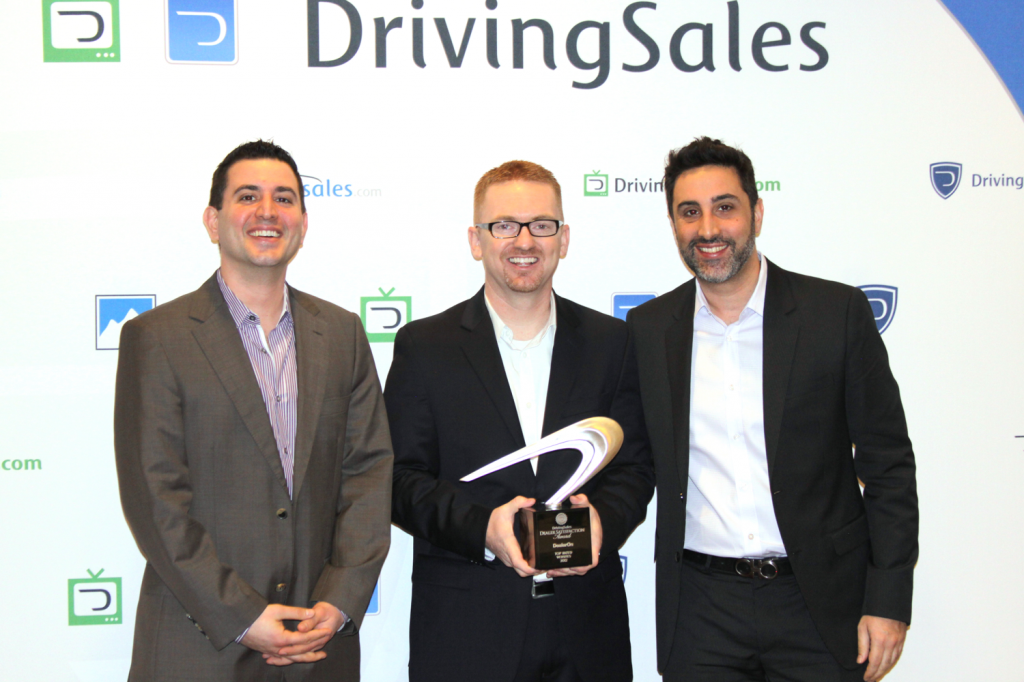Working in a dealership, you have a million more important things to worry about than how Google’s Paid Search Auction works. But your dealership is probably spending thousands of dollars a year on paid search because it’s a proven, high ROI marketing channel for your dealership. Google’s Chief Economist, Hal Varian, just put out a quick, new video updating how the Paid Search Auction works.
This new video does a great job of explaining updates to the ad auction (including items like Ad Format Impact), presenting why Google uses the different factors that they incorporate into their auctions. Among the concepts he addresses are:
- The (updated) 5 Ad Rank Factors
- Bid Price – Your Keyword’s Cost Per Click
- Expected Clickthrough Rate – Google’s measure of how often Google has determined someone using that Keyword Search Query will click on your ad
- Landing Page Experience – Highly Relevant (to the Keywords and the Ad Copy) Landing Pages are best; specifically a High Quality Landing Page is:
- Relevant and Original Content
- Easy to Navigate
- Transparent – about the nature of your business, how your site interacts with the user’s computer, and what you will do with the user’s information if you collect it
- Ad Relevance – Google uses your ad copy to make sure that it is relevant to the Keywords in the Search Query; they don’t want to serve ads that have no relation to a search
- Ad Formats – Enhancements to your Ad. All of these add more information and more reasons to click on an ad. This information would include:
- Phone Number
- Site Links
- Website’s Domain in Ad Headline
- Ratings
- Quality – It appears that Hal is suggesting that “Quality Score” is an aggregate of Bid Price, Expected Click Through Rate, Landing Page Experience, and Ad Relevance (these have traditionally been the components of Quality Score). Hal’s video suggests that Google actually looks at “Ad Format Impact” as a separate factor from Quality Score.
- Ad Rank – Ad Rank is the number that Google assigns to each eligible ad to determine which ads and in what order to show them for any auction. Ad Rank is based on a formula of Quality Score x “Ad Format Impact” x Bid Price. The higher your ad’s Ad Rank, the higher up it will show for a particular Search.
- Second Price Auction – this is how Google’s Adwords system actually determines the price that you pay when someone clicks on your ad. Advertisers don’t actually pay their bid amount. Once Google determines that an Advertiser’s ad is going to show, they charge the price that the advertiser would need to pay to beat the next highest Advertiser’s bid. So, if you bid $4 for an ad, but based on your ad’s Quality Score AND Ad Format Impact, you might only need to pay $2.50 to beat the next Advertiser’s ad, so you are only charged $2.50 for a click on your ad.
The video is not even 9 minutes long, and if you use this outline while you watch it, you will probably be able to understand how Google’s Paid Search ad auction works in less than 30 minutes.


 DealerOn Receiving Our DrivingSales Award at NADA 2013
DealerOn Receiving Our DrivingSales Award at NADA 2013